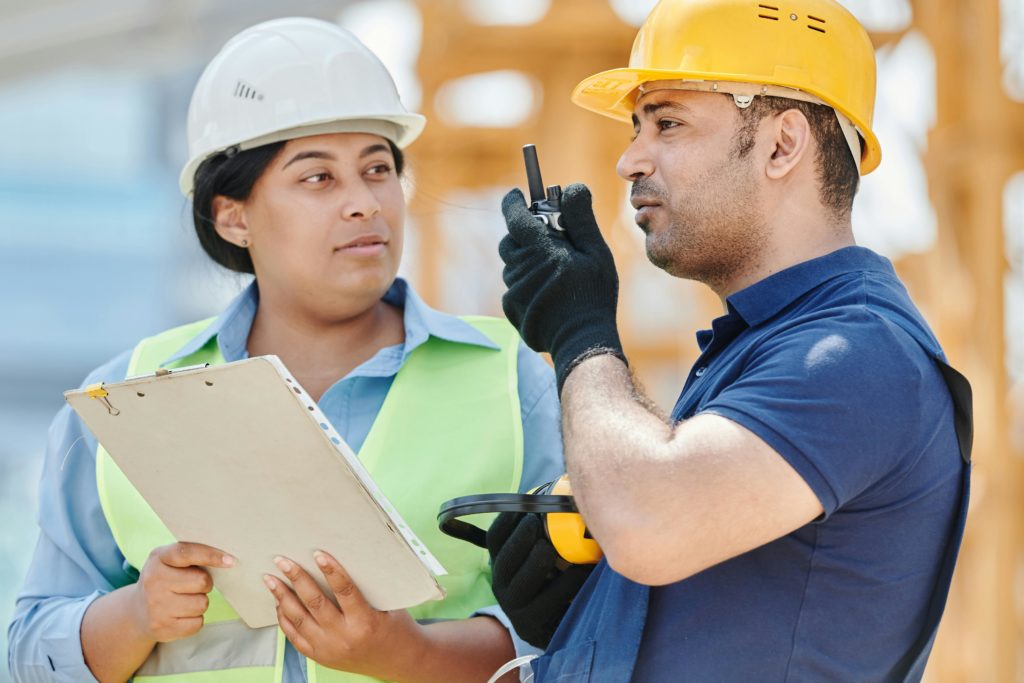Commercial Feature
Optimising Industrial Workflows While Reducing Carbon Footprints

In an efficiency-and-sustainability-driven world, all industries are under the spotlight to restructure their operations. From flattening land using a road roller, mining to construction, landscaping to logistics, the imperative to streamline processes and lower emissions is no longer an added bonus — it’s essential. Perhaps one of the greatest means of achieving this is by redesigning the equipment we use on a day-to-day basis, particularly loader equipment, and implementing smarter, greener technology and strategies.
Loader equipment, although commonly perceived as a mark of plain-force labor, is an important factor in determining the pace and environmental footprint of industrial ventures. When selected and utilized with care, these machines can dramatically boost efficiency, minimize the wastage of energy, and facilitate lower-carbon outputs.
Loader Equipment Reduced Emissions
Loader equipment is an umbrella term used to describe those machines that are involved in the lifting, transfer, and relocation of materials. Wheel loaders, track loaders, and backhoe loaders are a few to mention. Historically, these machines were driven by diesel engines and thus were heavy polluters. But new engineering is changing that story.
Modern-day loaders are fitted with low-emissions engines, regenerative brake systems, and idle-reduction technology — all working to reduce fuel consumption and minimize greenhouse gas emissions. Electric and hybrid models are also becoming widespread, particularly on city and small to medium-size jobs where low noise and zero emissions are paramount.
Ways to minimize carbon footprint with loader equipment include
- Downsizing your equipment- A machine that’s too big wastes fuel. Selecting the right equipment for the task reduces fuel consumption and emissions.
- Employing telematics and sensors, which keep track of real-time fuel consumption and indicate efficiency gains and idle time.
- Switching to electric or hybrid models Numerous industry players are introducing environmentally friendly loader variants that significantly reduce operational emissions.
- Operator Training Additional improvements are achieved through training of the operator. A well-trained operator can minimize idle time, maximize bucket capacity, and not overwork the machine- straightforward measures that collectively make a big difference.
Skid Steer Loader – Compact Efficiency and Green-Friendly Operations
Halfway through an industrial job, the urgency to continue with minimal added emissions is overwhelming. Meet the skid steer loader, an industrial-grade yet highly agile machine that has become a backbone in sustainable operations.
Given its zero-radius turn and capacity to negotiate tight turns, the skid steer is ideal for applications from construction and landscaping to snow plowing and farming. Due to its smaller stature, it burns less fuel than its big siblings, thus being inherently more energy-efficient — particularly for applications that don’t call for heavier, power-greedy machines.
Why are skid steers considered sustainable heroes?
- Multi-functionality: A single skid steer can do multiple machines’ work with its hundreds of attachments, thus saving equipment usage and fuel.
- Battery-operated skid steers: Already available are battery-operated models with zero emissions, lower noise pollution, and applicability to indoor or enclosed locations.
- Economical transportation: They are less expensive to transport because of their smaller sizes. This minimizes emissions related to relocating equipment between job locations. For use in urban areas or emission-restricted zones, the electric skid steer is becoming the first choice. It not only checks the box on sustainability but also provides opportunities in spaces where gas-powered equipment is off-limits.
Plate Compactors – All you Need to Know
In the latter stages of industrial or construction projects, it’s essential to achieve well-compacted ground — and this is where the plate compactor is needed. Although small and easily dwarfed by other equipment, this unassuming device has a significant role to contribute to both performance and the environment.
The plate compactor compacts soil, gravel, and asphalt in order to achieve a stable and even surface for foundation construction, roadways, and landscaping applications. Historically gas- or diesel-fueled, plate compactors have become part of the green revolution with battery and low-emissions models becoming widespread.
Advantages of plate compactors in terms of sustainability:
- Electric options: They do not emit any pollutants during use and are far less noisy — best suited to residential zones or indoor settings.
- Efficient engines: More recent models with gas engines are equipped with advanced designs that are clean-burning and fuel-efficient.
- Optimized utilization: Used accordingly — with suitable weight and vibration parameters — plate compactors prevent over-compaction, diminishing unwarranted passes and power consumption. Operators who are trained in the right way to use compactors can also avoid overworking the equipment, boosting both the machine’s energy efficiency and its durability.
Conclusion
It’s not the equipment themselves — but when, how, and why it’s utilized — that makes the difference. The path to sustainable industrial processes depends on smarter equipment, well-informed decision-making, and thinking in the long term.
Here are some practical means to incorporate sustainability into your work routine:
- Regular Maintenance: Regularly maintained equipment functions better and produces less.
- Combine activities: Employ equipment such as multiple-attachment-equipped wheel loaders and skid steers to reduce equipment on the site in total.
- Make investments in electric equipment whenever feasible: Although initial expenses are higher, long-term gains and environmental dividends frequently balance out initial spending.
 News / Uni redundancy consultation ‘falls short of legal duties’, unions say6 December 2025
News / Uni redundancy consultation ‘falls short of legal duties’, unions say6 December 2025 News / Cambridge students accused of ‘gleeful’ racist hate crime4 December 2025
News / Cambridge students accused of ‘gleeful’ racist hate crime4 December 2025 News / Researchers find five stages of brain development5 December 2025
News / Researchers find five stages of brain development5 December 2025 News / News In Brief: elevated prices, eliminated neutrinos, and enormous anacondas 7 December 2025
News / News In Brief: elevated prices, eliminated neutrinos, and enormous anacondas 7 December 2025 Music / The trials and tribulations of indie collabs 6 December 2025
Music / The trials and tribulations of indie collabs 6 December 2025





